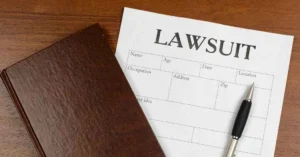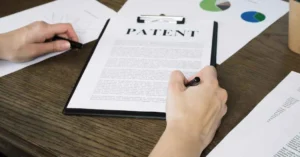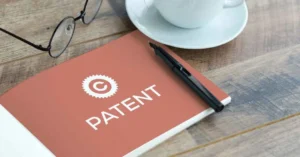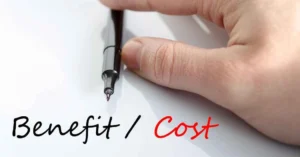Technology is the main weapon in filmmaking. Good films are usually supported by qualified technology, such as cameras, lighting, sound and special effects. The combination of various kinds of technology will create an extraordinary creation or work. Along with the times, technology in filmmaking has also developed, so that the edits and images look more realistic and clear. But did you know that this technology can be patented?
Seeing from Article 1 paragraph 1 of law number 13 of 2016 concerning patents, patents are exclusive rights granted by the state to inventors for the results of their inventions in the field of technology for a certain period of time to implement the invention themselves or give approval to other parties to implement it.
What is an invention? Article 1 paragraph 2 of the Invention Patent Law is an inventor’s idea that is poured into an activity to solve specific problems in the field of technology in the form of a product or process, or improvement and development of a product or process.
Many of the film studios are competing to develop technology for their film needs. However, not many people know that this invention in the form of technology can be patented. The main reason many people do not patent their inventors is the lack of knowledge of patents and the advantages of patenting an invention.
There are two kinds of patents, in articles 2 and 3 of the Patent Law, patents are classified into
a. Patent; and
b. Simple patent.
(1) Patents as referred to in Article 2 letter a are granted for inventions that are new, contain inventive steps, and can be applied in industry.
(2) A simple patent as referred to in Article 2 letter b is granted for every new invention, development of an existing product or process that can be applied in industry.
Article 19 paragraph 1 of the patent law states that:
1. A Patent Holder has the exclusive right to exercise his Patent and to prohibit other parties without his consent:
a. in the case of a product-Patent: makes, uses, sells, imports, rents, delivers, or makes available for sale or rental or delivery of the Patented product;
b. in the case of process-Patent: uses the patented production process to make goods or other actions as referred to in letter a.
From this article, it can be concluded that the patent owner has full control over his work, apart from using it, the patent owner can also sell or rent his work which is usually used by film studios to increase funds and profits from the making of the film.
Who is the patent holder in a film production? According to Article 1 paragraph 6 of the Patent Law, a Patent Holder is the inventor as the owner of the Patent, the party who receives the right to the Patent from the owner of the Patent, or other party who further receives the right to the Patent which is registered in the general register of Patents. From this article, the patent holder of an invention is not always the person who created the invention, it can be a company or other party.
In article 12, paragraphs 1 to 3 of the patent law
(1) A patent holder for an invention produced by an inventor in an employment relationship is the party who provides the job, unless agreed otherwise.
(2) The provisions referred to in paragraph (1) shall also apply to Inventions produced by employees and workers who use the data and / or facilities available in their work.
(3) Inventors as referred to in paragraph (1) and paragraph (2) are entitled to receive Rewards based on an agreement made by the employer and the Inventor, with due observance of the economic benefits obtained from the invention.
The conclusion is all forms of invention in the field of technology can be patented. In making a film which usually requires new technology for the purposes of the film, the invention can be patented. However, the owner of the patent rights for the invention could be the inventor as the creator or producer as the owner of the film studio depending on the initial agreement. Usually the patent holder is a company and the inventor is given a fee that is adjusted according to the initial agreement.
Sources:
Undang-Undang nomor 13 tahun 2016 tentang paten
https://www.wipo.int/pressroom/en/stories/ip_and_film.html





